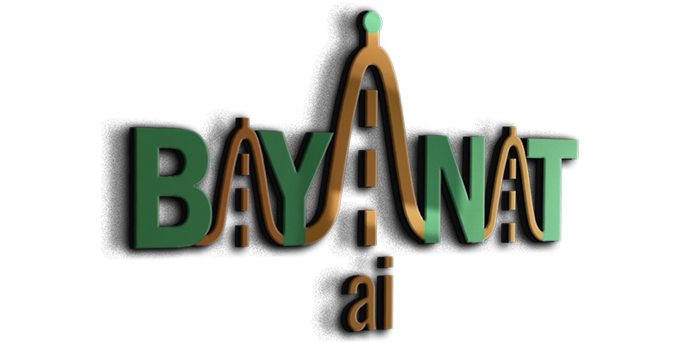Demand Variety And Planning
Demand Variability and Planning
- social media
- data gathered at point-of-sale, such as reception, collection, and inventory
- data points such as weather and financial markets indicators.

What are the benefits of demand forecasting?
- Demand forecasting helps organizations optimize their supply chain, sales, and marketing operations and prevent from having an excessive amount of goods in stock or out-of-stock situations:
- Improving accuracy by time: Machine learning algorithms learn from existing data and make better predictions for sales, profits and customers demands .
- Increased customer satisfaction: Stock outs reduce customer satisfaction while being available with your product anytime boosts customer satisfaction. Thus it improves brand perception and increasing customer loyalty.
- Improved markdown/discount optimization: Cash-in-stock is a common situation for retail businesses. In this situation, certain products stay unsold longer than expected. This causes higher than expected inventory costs and increases the risk for these products to go out of fashion or become obsolete, thereby losing their value. In these scenarios, organizations sell their products with reduced margins. With accurate demand forecasting, such scenarios can be minimized.
- Improved manpower planning: Demand forecasting for the full year can support HR departments to make efficient trade-offs between the part/full-time employee mix, optimizing costs and HR effectiveness.
- Overall efficiency: Accurate demand forecasts help teams focus on strategic issues rather than firefighting to reduce/increase stocks and headcount to manage unexpected demand fluctuations.
Demand Planning-Targeted Deliverables
- Historical Data interpretation:
Utilizing and rendering raw data for the complete supply chain starting from the import process till delivering the items to the end user eg.(customers demographic data , sales data , imported items , marketing ,warehousing,…) into value which helps to make better strategic decisions.
- Storing and Warehousing Optimization:
Optimizing the warehouse area related to the orders demand and imported orders according to historical data eg.(warehouse size(m2) , type of stored items , number of stored items , suppliers, imported items dates ,sold items , sold items dates , orders demands , the date customers need for ordered items,…… ), which helps in Reduction in lost sales due to inventory out-of-stock situations and warehousing costs.
- Prediction Models:
Prediction models for sales, profits and customers demands according to historical data.

